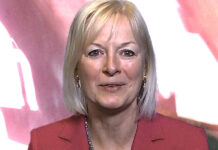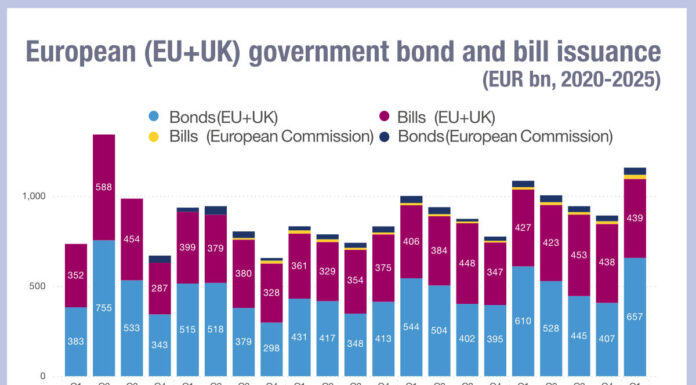Automation has historically been highly challenging in corporate bond markets for several reasons, but traders say some parts of the workflow ‘ought’ to be automated by now within buy-side firms.
There are markets in which trading is so automated, both messaging and trade decision making happen at microsecond speeds. That is far from the pace expected in credit trading. Nevertheless, lightening the workload for traders through greater efficiency would be well received, and a more systematic approach to credit trading should deliver more consistent results and help deliver manageable improvements to execution quality.
To automate a process effectively, enough trustworthy data has to be present to support a rules-based decision on how to proceed. Buy-side traders say that, in liquid parts of the credit markets, there is typically enough data to assess if an order can be traded low-touch versus high touch. This part of the process can be automated using a rules-based approach that takes into account market activity, the profile of the instrument to be traded and the size and priority of the order.
However, once that decision is reached it should be authorised by a trader to sense check that outcome. If a trade is determined to be low touch, many traders say that this should then be executed in an automated manner, either via a trading platform or an execution management system against a direct stream. Not all firms have achieved this yet – but it is within reach and many senior traders say they would be disappointed if a desk had not set this up already to some extent.
“Everyone talks high/low touch, I would be disappointed if ‘no touch’ was not being discussed,” says one global head of trading. “There’s You have that competence in your algorithms, you have to have the ability to measure liquidity in the market to drive that. It’s about managing what is your algo doing over a period of time.”
The level of trading being processed in an automated way tends to skew towards high ticket volumes but lower notional.
“We’re trading around 25-30% of tickets,” said one senior trader. “But that only adds up to 5-6% of volume.”
Key to success is allowing the traders to manage the algorithms themselves rather than the trades, in order to optimise the best execution process for all clients.
“Eventually it’s the hit rate that tells you whether you’re right or wrong,” notes one senior trading head. “You set a hit rate. If you route orders to the market and say sell or buy these bonds, and they only come back at 30%, that might be your hit rate. If they come back at 80% or 10% you’re probably off. The goal here is to adjust the mechanism – best execution is not about a trade, it is about a lot of trades over a long period of time, whether your process works.”
Auto-hedging is supported on many platforms, allowing the trading of a government security as a hedge to a credit trade without requiring manual intervention.
A final and more contentious process to automate is that of ‘process trading’ in which an order that has been executed manually is then processed by a platform in order to take advantage of the post-trade processes the platform offers, including trade reporting.
While engagement with a platform’s process trading functionality is a no-brainer, as one trader noted, capturing the right level and quality of information from a telephone call or a chat / IB conversation is potentially challenging. If that can be achieved to a satisfactory benchmark level, then traders will begin to see greater automation in both high- and low-touch credit trading, delivering those advantages of better execution and a more efficient trading desk.
©Markets Media Europe 2024
©Markets Media Europe 2025
























